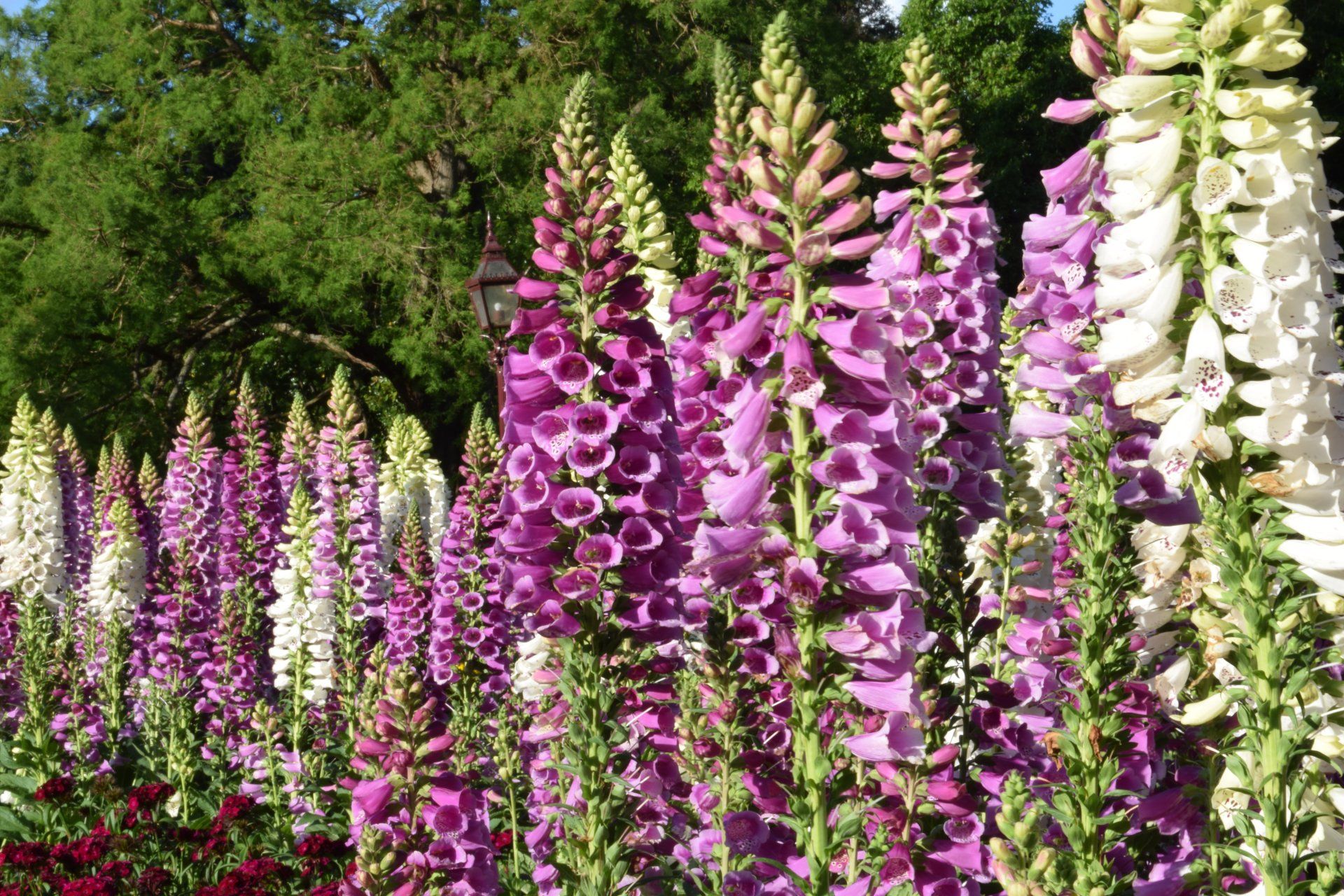Digitalis / Foxglove
KEY INFORMATION
Height: to 150cm
Spread: to 30cm
Hardy biennial or perennial
Semi-shade
Germination: 20 - 30 days
VARIETIES AVAILABLE FROM COLLIE FLOWERS
Mertonensis
SOWING & GROWING SCHEDULE
Sow Indoors: January to April (perennial), or April to June (biennial)
Sow Outdoors: May to June (perennial), or June to July (biennial)
Plant Out: April to May (perennial) or September, October, March (biennial)
Blooms: June to August (perennial, year 1), May to July (biennial, year 2).

Growing Guide
Digitalis, more commonly known as the Foxglove is a traditional cottage garden flower favourite. Tall elegant spires of trumpet shaped flowers in a wide colour range, including many shades of purples. Attracts bees and butterflies with its lightly sweet fragrance. Digitalis are superb for shady shrub and tree areas, back of borders and excellent for cut flowers. They can really bring the early summer garden alive!
Biennial varieties
Between April and June sow seed on the surface of lightly firmed moist seed compost and cover with a very light sprinkling of vermiculite. Place seed container in a propagator or a warm place until after germination. After sowing do not exclude light as this helps germination. As the seeds are very fine, we recommend watering from below to avoid washing the seed away or to the edges.
When large enough to handle, transplant seedlings into pots or trays. Then plant out, 60cm apart, into borders when plants are large enough in the autumn after sowing, or over winter plants in a cold frame and plant out the following spring.
Alternatively, sow in June and July outdoors in a well prepared, damp, seed bed. Sow the seeds very thinly 1.5mm in drills 30cm apart, keep the soil damp until germination takes place and thin out the seedlings to 15cm apart when large enough to handle.
Transplant 60cm apart into flowering site in the autumn for flowering the following year.
Perennial varieties:
Sow these Foxglove seeds from January to April on the surface of a good seed compost, and cover with a light sprinkling of compost of vermiculite. Place in a propagator at a temperature or seal the seed tray inside a polythene bag until after germination. Keep the surface of the compost moist but not waterlogged and do not exclude light, as this helps germination. When seedlings are large enough to handle, transplant into 7.5cm pots and grow on in cooler conditions. When plants are well grown and all risk of frost has passed, gradually acclimatise them to outdoor conditions before planting outdoors, 45cm apart.
Alternatively, direct sow in April and May for blooms the same year! Just like biennial foxgloves these will seed freely in your garden so you can quickly grow many plants from just a handful in the first year.
TOP TIPS
Foxgloves thrive in dappled shade.
Biennial types can be dug up after they have set seed, but perennial foxgloves should be cut back between mid-autumn and spring, ready to bloom again the following year.
CAUTION:
Foxgloves are extremely toxic, you should always wash your hands thoroughly after handling seeds or any other part of the plant, or wear gloves. Keep plants and seeds away from children and animals. However, it's extremely unlikely that you, your children or your pets will eat foxgloves, and millions of gardeners grow them without any problems. If you have a puppy or dog with a tendency to chew plants, then removing foxgloves and other toxic plants would be a sensible precautionary measure; otherwise, you are very unlikely to have any problems.
All parts of the foxglove plant are poisonous, so they tend to be avoided by pests such as rabbits, deer, slugs and snails. However, some caterpillars can cope with the level of toxicity in foxgloves. These caterpillars are unlikely to do any lasting damage to your foxgloves and are part of the garden ecosystem, so it's best to just let them get on with it. Slugs and snails will generally leave foxgloves alone, but tender seedlings may be munched.
